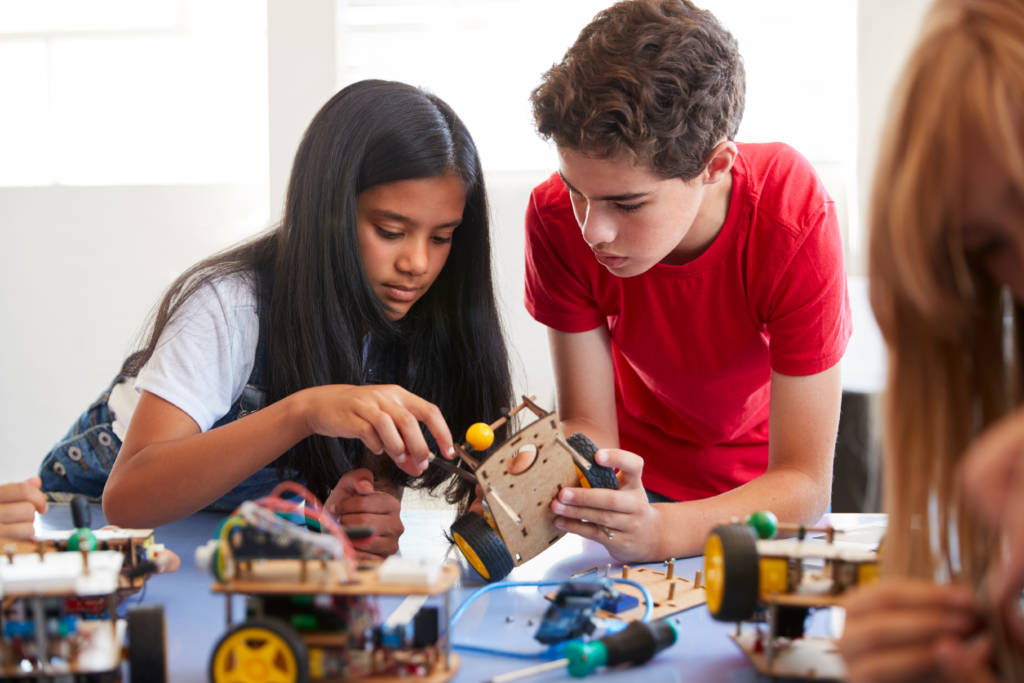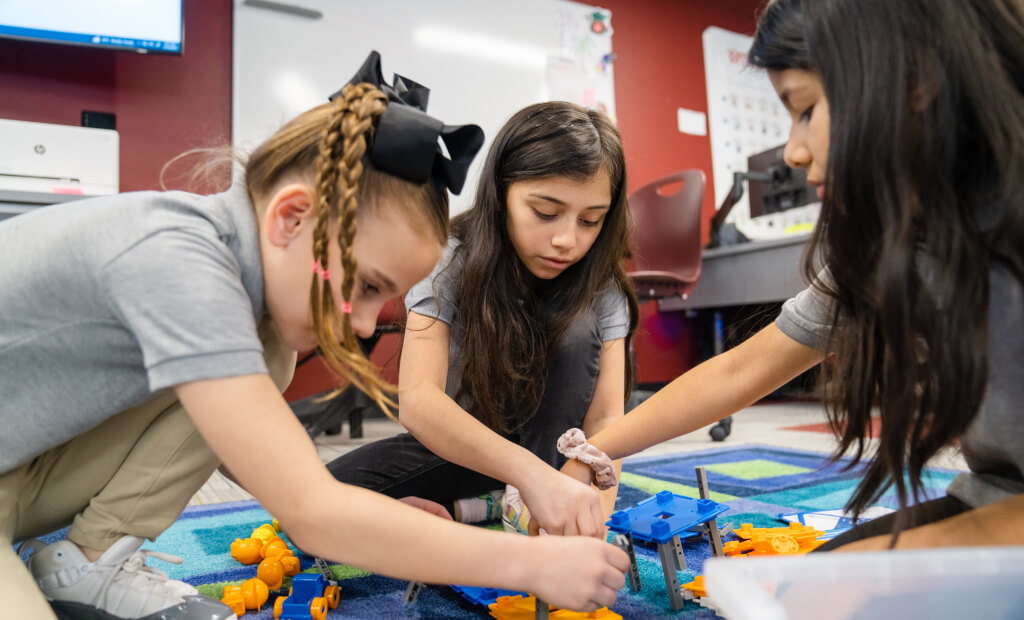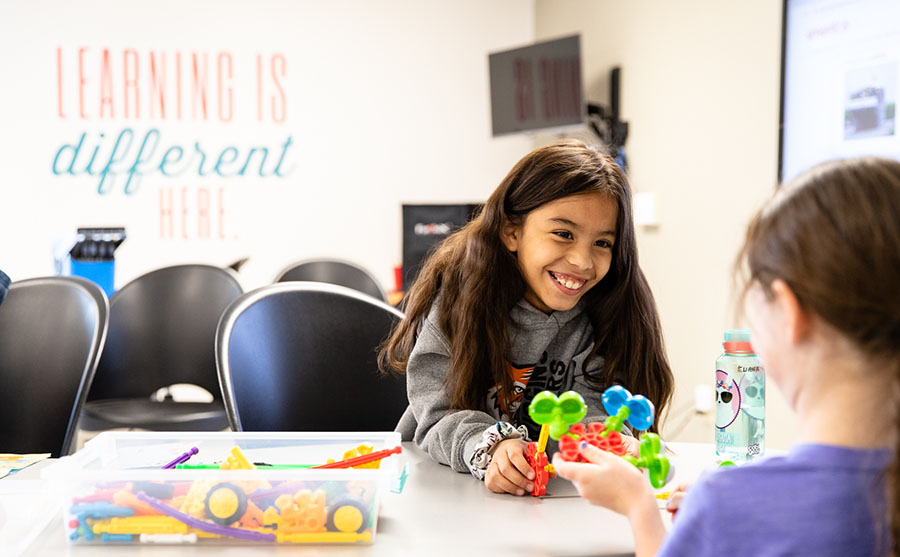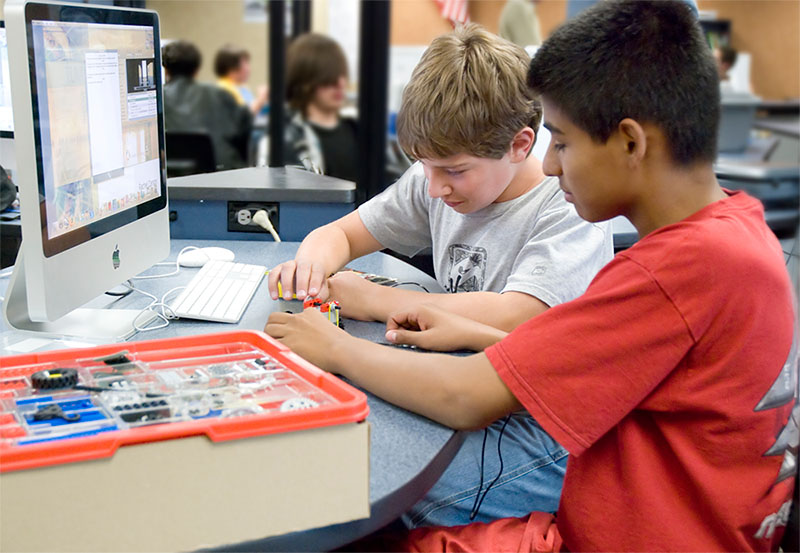Equity Through Inclusion

Walking into a school, it’s pretty easy to spot the students who don’t feel like they belong. They’re the students who sit alone at lunch, are picked last in gym class, and tend to sit quietly in the back of the classroom. For these students, school can be a lonely place. All they want is to feel included.
Inclusion: what does it mean and how do schools achieve it?
According to a recent study by the Organization for Economic Cooperation and Development (OECD), inclusion is closely linked to educational equity. Both equity and inclusion are essential for ensuring that all students, no matter their backgrounds or abilities, have the opportunity to be successful – both academically and socially.
In order to achieve this, schools must address how differences affect the way students learn and the embrace these differences through personalized approaches to instruction.
The Effectiveness of the Project-Based Approach
Studies also show that one of the best ways to achieve both equity and inclusion is through a project-based learning approach, like that at work in a SmartLab . These authentic, hands-on, engaging learning experiences are customized to each student and school based on individual interests, learning goals, and unique needs.
Most importantly, the student-led project-based learning naturally leads to inclusivity. Teachers involved in SmartLab Learning are trained to promote authentic, respectful, and accepting learning environments that value differences and result in students’ genuine sense of belonging and mutual respect.
Why Belonging is Important
Each PBL activity requires collaboration and fosters the development of important social skills, such as sharing, communicating, and taking turns. Students are encouraged to capitalize on their interests, strengths, and learning styles as they work with their peers to solve problems and reach goals.
Students involved in the project-based approach learn to support, challenge, and emphasize with their classmates, all of which fosters a positive social environment that promotes equity, inclusion, diversity, and belonging. The social benefits of a classroom that promotes acceptance stay with students for years to come as they utilize these invaluable social skills to navigate future situations with family, friends, and coworkers.
All students want to feel like they have a voice and that voice matters. Schools that make equity and inclusion a priority communicate to students, parents, and the community that they value all students and want to provide them with the support and resources necessary for success.
When differences are not only accepted but celebrated by schools and teachers, something powerful happens. Those students who used to sit in the back of the classroom and observe are suddenly full of confidence and have a lot to say because they feel like they can be their authentic selves and make a difference. This is inclusion in its purest form.
SmartLabs Learning Builds Confidence
School should be a place where all students feel welcome and accepted, no matter their background, abilities, or learning styles. Fortunately, project-based learning through SmartLabs makes inclusivity and equity an achievable, practical goal for any classroom. If you would like to hear more about the SmartLabs Learning process and how you can use it to ensure that your students feel supported and valued contact us here.




